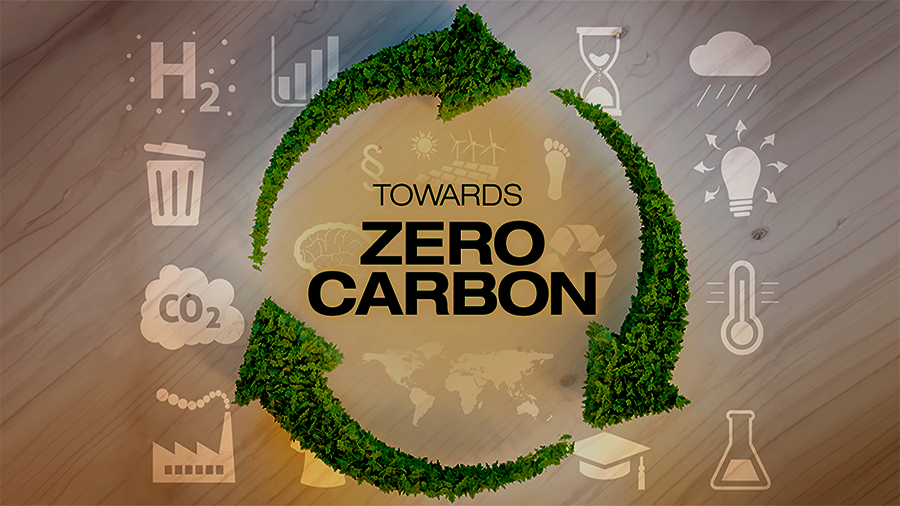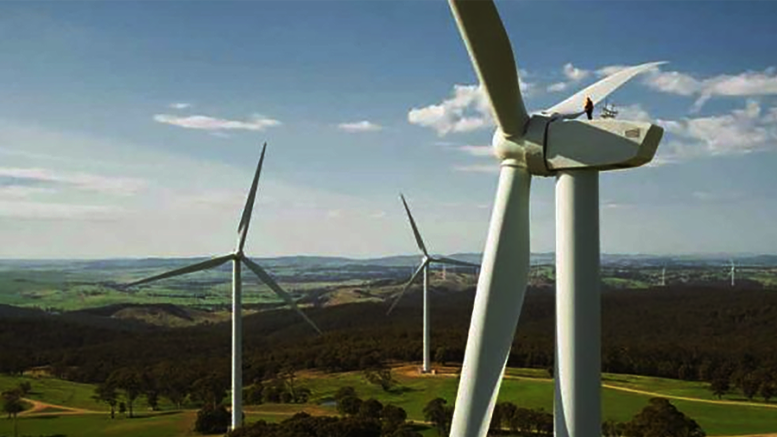Contributed by Joe Montero
Last year saw a record rise in renewable energy in Australia. construction begun on more than 5,000MW of large-scale wind and solar farms. More than 310,000 homes had new solar systems installed, totalling a capacity of 2,700MW. The building of 19 big new energy storage batteries with 1,380MW/2,004MWh capacity began.
Last year saw better cooperation between the federal and state governments on renewables.
Although this is a significant shift for the better, it is still not enough, according to the latest annual report from the Clean Energy Council. It says that Australia’s total renewable energy generations must lift from 35.9 percent of 2005 levels to 82 percent by 2030.
A second problem is that even if such a reduction was to be achieved, bringing it close to the emissions of 2005 will still remain far from approaching zero net emissions.
Nevertheless, what has been achieved does show that progress can be made. Being an island nation with a lot of sun, makes Australia’s environment well suited to transform to renewable energy. There is no excuse to not do so.
Future success will depend on a mix of different types of renewables suitable to Australia’ conditions. Wind and solar are not the whole of the answer. Further research into alternatives is important.

The report calls for lifting targets and providing more government support for clean energy production.in next May’s budget. The report, however, does not go beyond recommending more support for the energy producing industry. The problem with this is that such support has not works well so far and is unlikely to work any better in the future.
Whatever industry support there is must be clearly targeted and prevented from being used for other purposes, or to greenwash, that is, create a sham that pretends to shift to greener production. Such support must be accompanied by public control over the generation and supply of energy. It means moving towards the de-privatisation of the industry.
Unless this step is taken, the decisions over our energy future is left in the hands of investors. Successful change requires us all to be involved in making the decisions. And while extending the role of the public sector isn’t the perfect solution, it can help provide new opportunities for community involvement as an integral and leading part of the solution. The transition to renewables can only be assured through community oversight and involvement.
Transition to renewables is more than how energy is created and distributed. It is also about transforming the application. This means technological and structural changes to the economy, so that it becomes more focused on working in harmony with the environment and for people, rather than merely existing to satisfy the major investors.
There is no way to get around this and still ensure that we have a future. Clean energy requires a clean and democratic economy.


Be the first to comment on "Australia must still do much more to shift to clean energy"